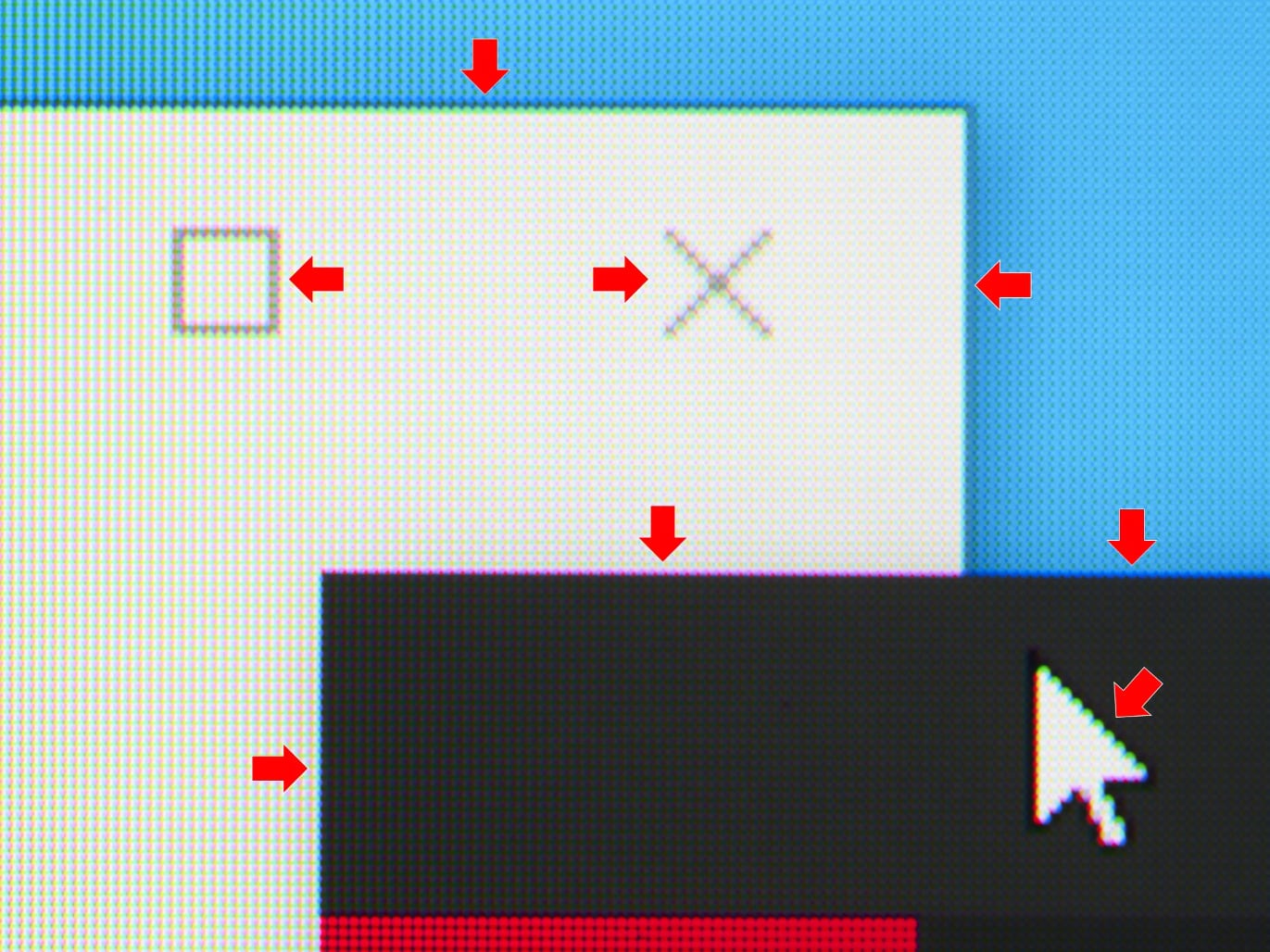Samsung might have a problem with its new OLED TV's sub-pixels

There seems to be an issue with Samsung Display’s new QD-OLED displays that could potentially impact the new Samsung S95B OLED TV and Sony A95K QD-OLED.
A review of the new Alienware QD-OLED monitor by German magazine Heise.de (1, 2) reported color inaccuracies that occur in the pixels between bright highlights and dark lowlights. The results look like green or purple pixels between all-white and all-black areas of the screen.
The culprit is most likely Samsung Display’s new pentile pixel design, which positions the three red, green and blue subpixels in a triangle formation rather than side-by-side in a striped, window-like configuration.
The magazine went on to say that the issue isn’t as noticeable in fast-motion scenes compared to static images like, say, a desktop screen. Still, this could be a bit of a concern for anyone who went ahead and pre-ordered a Samsung S95B OLED TV or Alienware QD-OLED monitor.

Analysis: Is this sub-pixel peril or a minor blip?
Without having a QD-OLED monitor or TV in front of us at this very moment, it’s tough to tell who’s right and who’s wrong here. The screen capture above looks pretty damning, but it might not spell doom and gloom if it’s not visible in non-static images - i.e. pretty much anything that’s not a desktop or a TV logo on the bottom of the screen.
When asked about the issue, Samsung says it’s not unusual for displays to experience fringe color artefacting and says that the same phenomena can be observed on conventional LCD and OLED displays using an RGB stripe sub-pixel structure.
"It is not a typical RGB stripe pixel – but our proprietary structure optimized to enhance the core user experience of color and HDR. We selected this new pixel structure in order to optimize optical characteristics of QD-Display like brightness, color gamut and durability," Samsung Display said in a statement to FlatpanelsHD.
Sign up for breaking news, reviews, opinion, top tech deals, and more.
“The artifact pointed out also can be seen on conventional LCD and OLED displays using RGB stripe. Similar phenomenon is observed on the sides (left and right) side when displaying bright high contrast edge on conventional display products … Displays with better contrast modulation performance and wider color gamut and greater contrast ratio will accentuate this artifact.”
That’s not quite an admission of guilt, but it does acknowledge that Samsung Display is aware of the issue -- and that it’s a feature rather than a bug in the new panel technology.
We’re not quite sure everyone will feel the same way as Samsung about its new display, but until we get our hands on a Samsung S95B OLED or Sony A95K, we’ll reserve judgment.
- Will the Samsung S95B make our list of the best OLED TVs? Only time will tell...

Nick Pino is Managing Editor, TV and AV for TechRadar's sister site, Tom's Guide. Previously, he was the Senior Editor of Home Entertainment at TechRadar, covering TVs, headphones, speakers, video games, VR and streaming devices. He's also written for GamesRadar+, Official Xbox Magazine, PC Gamer and other outlets over the last decade, and he has a degree in computer science he's not using if anyone wants it.